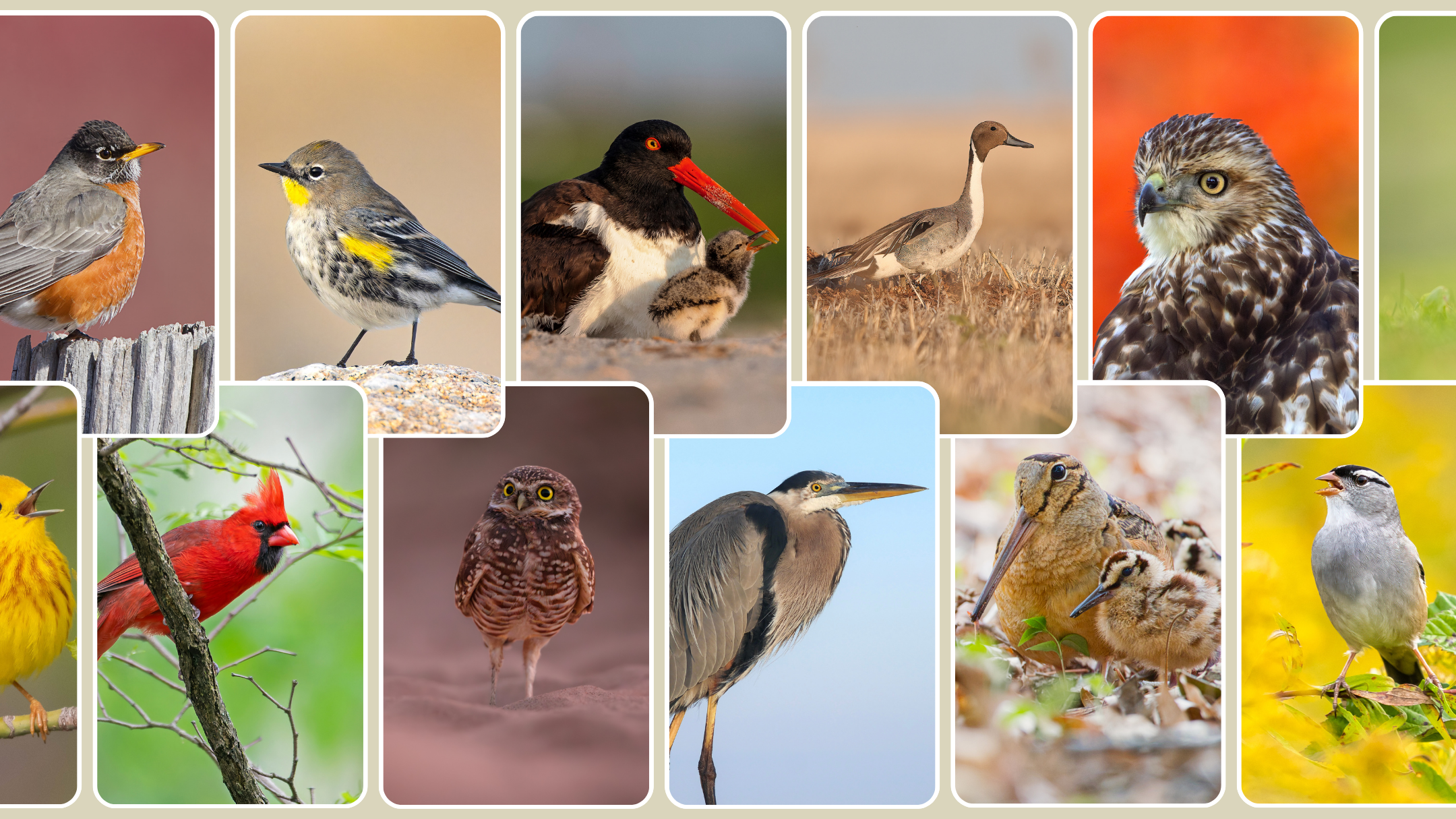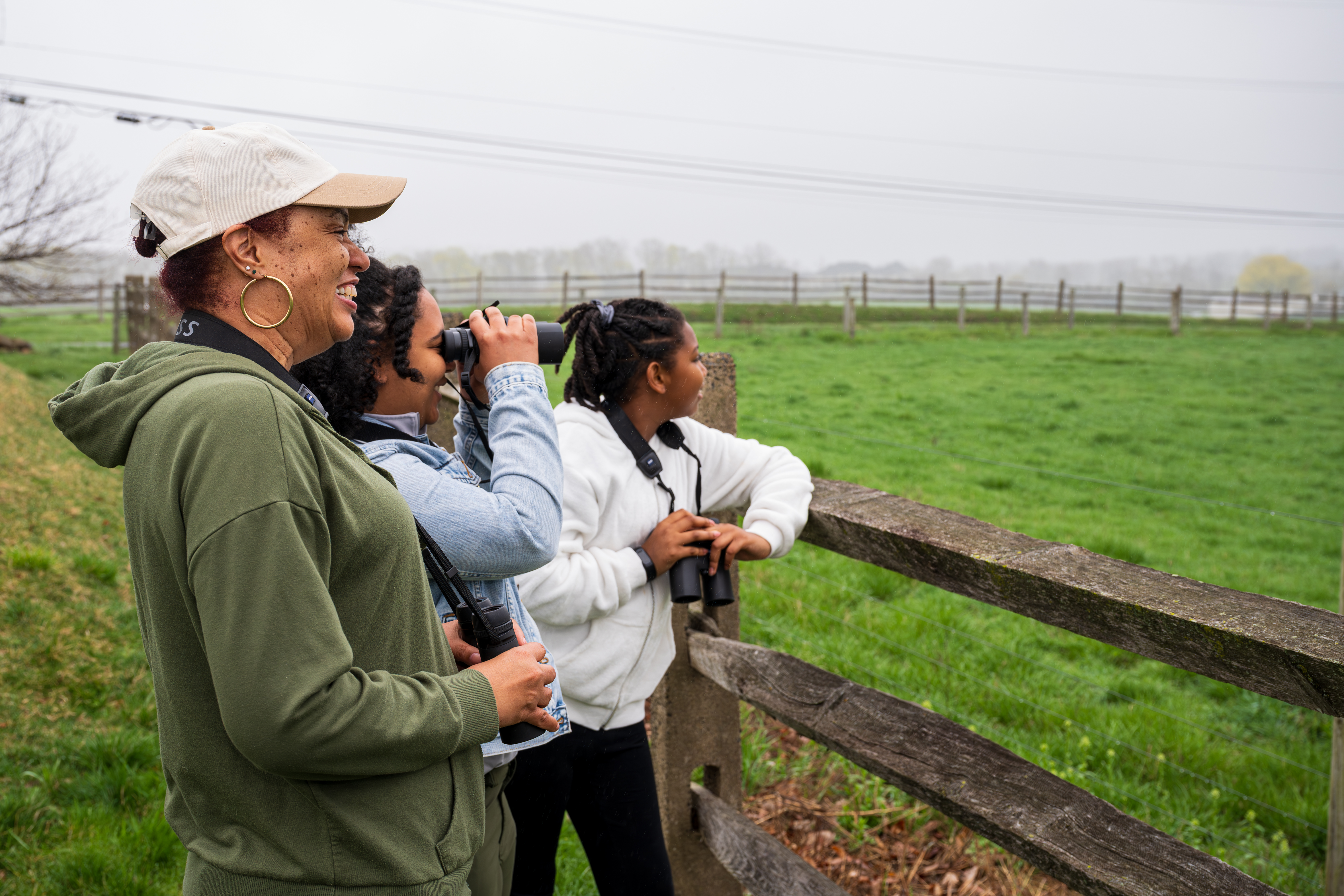Waterfowl are declining despite historic population increases. In the case of the Northern Pintail, previously increasing wintering populations are now displaying declines.
Their winter numbers decreased 10.5% between 2011 and 2021 in parts of North America.
Each dot shows changes within a 27km x 27km area.
Blue dots show where bird populations are increasing.
Red dots show where bird populations are decreasing.
The darker the color, the stronger the trend is.
The size of the dot shows how abundant birds are in the area - large dots mean more total individuals, and small dots mean fewer total individuals.
If you’ve spent time near any wetlands in the southern U.S., you’ve probably seen these slim, elegant ducks with chocolate-brown heads and long, needle-pointed tails cutting across the sky.
Northern Pintails are a familiar sight each winter, gathering in the thousands in places along the Gulf Coast.
Their presence marks a seasonal rhythm that many locals have grown up with, birds returning as predictably as shorter days.
Pintails have decreased as much as 58% in this area.
Northern Pintails also flock to California’s Central Valley every winter, filling the skies over flooded rice fields and wetlands.
This region is well known for its extensive agricultural output, but it also serves as a critical wintering ground for some migratory birds. These areas once harbored Northern Pintails’ largest wintering populations, but their numbers have declined by nearly 50% in some spots.
Yet other areas are seeing population increases up to 36%. Intentional flooding of the region's productive farmlands has been generating habitat for migratory birds along the Pacific Flyway, creating refuges for waterbird populations, including Northern Pintails, in the Central Valley.
Glimmers of hope are tucked in the heart of the Mississippi Flyway in the Lower Mississippi Alluvial Valley where Pintail populations have ticked upwards in recent years.
In some areas, population numbers have more than doubled.
New fine scale trends will allow us to better understand the cause of these increases, with the hope that impactful and efficient land management strategies can be applied in their southern wintering grounds to bolster populations.
Northern Pintail numbers are declining overall.
The Road to Recovery Initiative lists Northern Pintail in its Yellow Alert category of tipping point species due to its long-term population losses.
This species has seen declines in the wintering areas where pintails were once most abundant. Their historic population centers have become their weak points.


